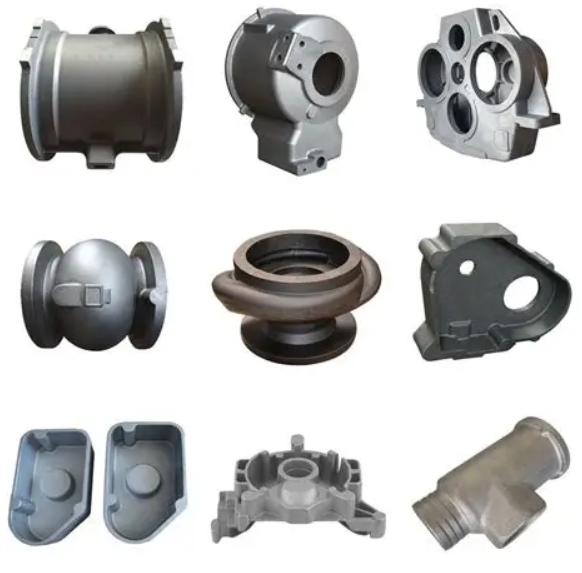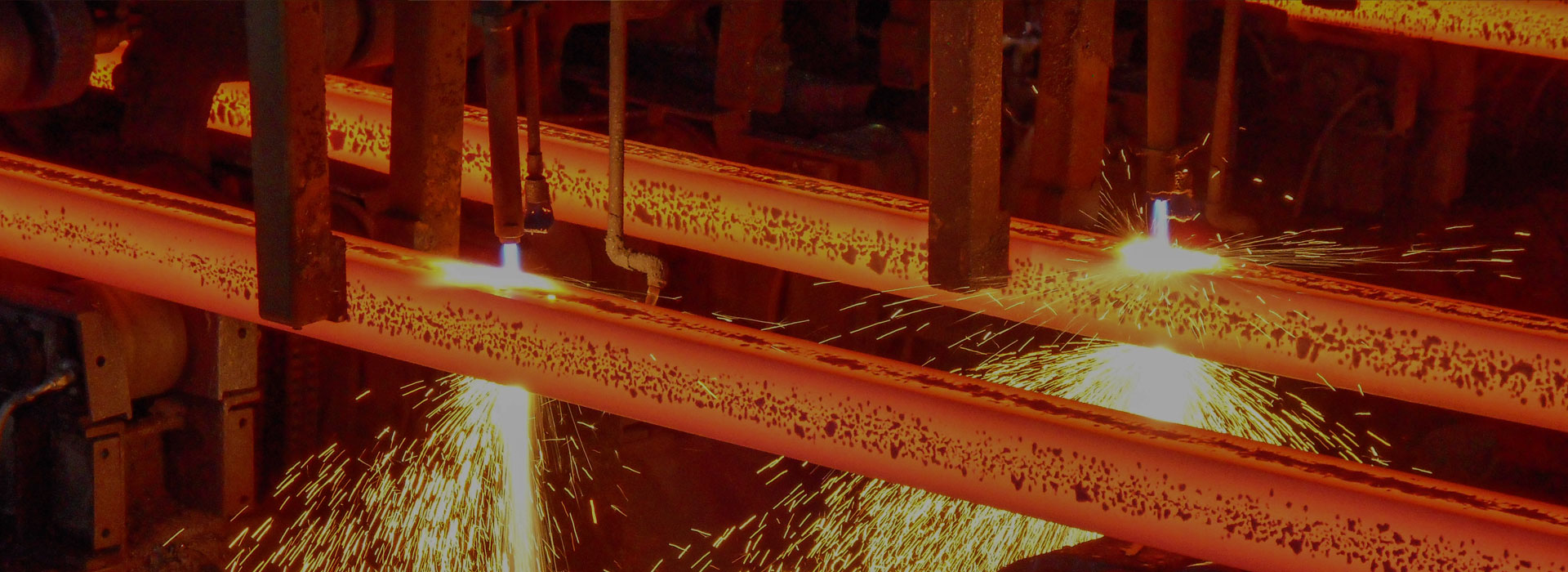Some tips about gray iron castings
What are gray iron castings? The basic characteristics of gray iron castings are high clay content, low moisture, and low coal powder content. When mixing high-density sand molds for gray iron castings, the following points should be noted. 1. Clay content and slurry content.
The strength of sand molds with high clay content increases with the increase of compaction pressure. The total effective clay and dead clay in the sand mold equals the slurry content. Too high or too low slurry content will affect various performance indicators of the sand mold. 2. Moisture is the main factor determining the clay and viscosity of gray iron castings. If the moisture content is too high or too low, it will not work properly.
Excessive water content will weaken the cohesion of the clay, reduce the fluidity of the sand mold, and make it impossible to achieve uniform mold density. When water content is too low, the sand mold will not mix well. Poor moldability can easily cause sand sticking defects in the castings. 3. The particle size of the raw sand, thus the raw sand should not be too dense. The particles of raw sand are round or polygonal.
Typically, three-screen or four-screen sands are chosen. Attention must be paid to the high density of the sand molds during high-density forming, as there will be significant expansion during pouring. Causes of brittle fracture in gray iron castings: The stress produced by external forces on the material of gray iron castings exceeds its own fracture strength, leading to fracture. Fracture is one of the important factors in mechanical part failure. The fracture process of gray iron castings is more complex, involving internal crack initiation, crack propagation, and fracture. A fracture with no significant plastic deformation along the fracture line is termed brittle fracture.
Under normal stress, brittle fracture refers to the separation of the material along weak crystal planes between atoms. The brittle fracture of gray iron castings occurs when the material is forcefully obstructed by grain boundaries and impurities to produce dislocation blockage. When checking the strength of materials subjected to stress concentration caused by the blockage, cracks appear at the front and resultant brittle fractures occur. The front cracks expand very rapidly. When the yield strength of the material is simultaneously greater than the crack nucleation stress and fracture stress, once a crack forms, it will fracture without undergoing plastic deformation.




